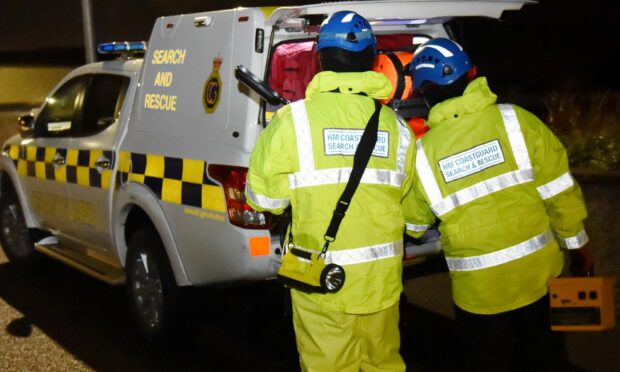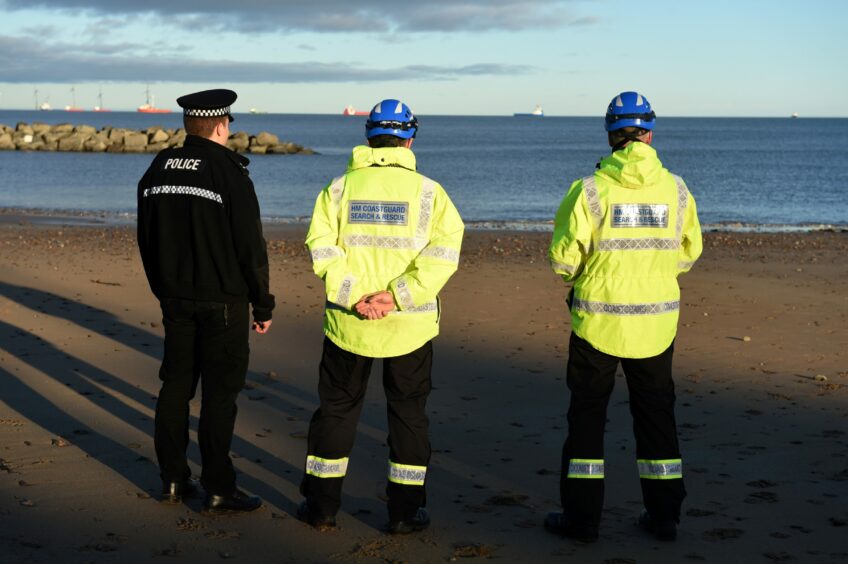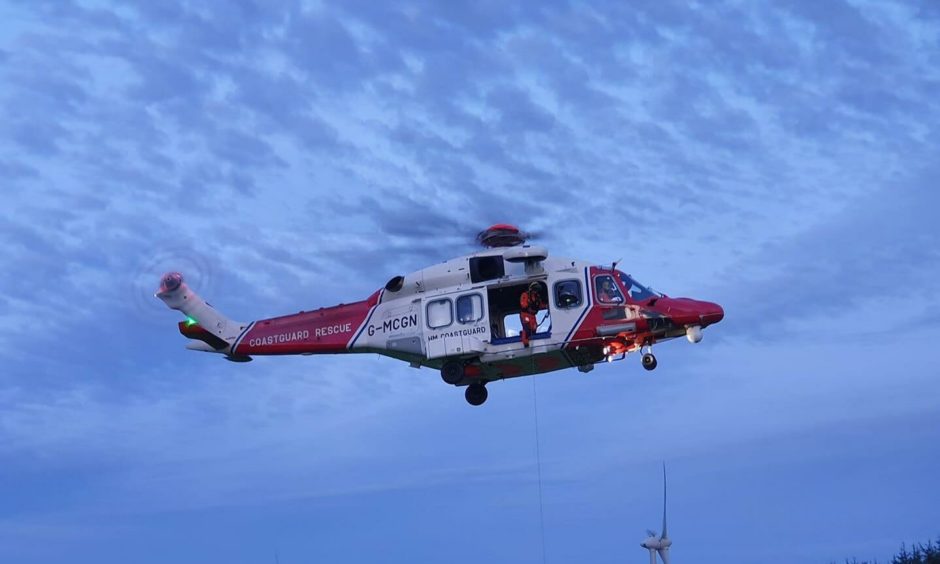From stopping 18th century smugglers with coastal lookouts to running a hi-tech national network and conducting challenging rescues, HM Coastguard is celebrating 200 years of keeping the British public safe.
At 11am tomorrow, coastguard teams from all four nations will mark the milestone by casting their throwlines.
The throwlines – which form part of the lifesaving kits used by coastguard teams – are to symbolise the service’s dedication.
Two centuries after being formally brought into existence, HM Coastguard now boasts 310 coastguard rescue teams ready to respond to emergency situations. They are made up of 3,500 dedicated volunteers and use 10 search and rescue helicopter bases.
Susan Todd, divisional commander for Scotland, explained how non-stop being part of an emergency service such as the coastguard can be.
“As an emergency service HM Coastguard is always busy and it’s rare that we get the chance to reflect on how far we have come. 200 years of saving lives at sea and at the coast is truly something to be proud of.
“The symbolic casting of throwlines across the UK today is a reflection of our unwavering commitment to keeping people safe at sea.”
‘The backbone of our maritime sector’
Congratulating the service on its 200-year anniversary, Maritime Minister Robert Courts said he was “proud and humbled” by the dedicated staff and volunteers.
He said: “HM Coastguard is the backbone of our maritime sector and the nation is indebted to its incredible workforce which continues to deliver an exceptional service.”
In the coming years, the service plans to move to electric vehicles – with six already purchased and a further 19 being procured.
In December last year, the service began rolling out a new updated £175million search and rescue radio network to ensure quick and reliable communication. Over the next two years, this is planned to be in operation across all 165 sites.
Claire Hughes, director of HM Coastguard, emphasised the need for innovation and said: “While this milestone is an opportunity for us to look back with pride on what we’ve achieved, we have always looked to the future, and I’m proud that we continue to look for ways in which to improve and save lives.
“And yet, we are far more proud of the people, the volunteers and the staff who throughout two centuries have continued to strive to keep people safe at the coast and out at sea. We always have and always will respond to those in distress.”
A short history of HM Coastguard
17th/18th century: As soon as medieval taxes were charged on imports and exports, people begin smuggling. By 1743 the estimate is that half the tea drunk in Britain was illegally imported. Smuggling is highly profitable, making local people live in fear, with violent reprisals on informers and the murder of revenue officers, while corruption enables smugglers to evade harsh penalties.
1790s: Henry Greathead designs the first original lifeboat in South Shields, and 20 other locations place orders.
1808: Captain Manby experiments with firing mortars to carry lines offshore to stricken ships. The “Elizabeth”, 150 yards out at sea, sees the first life save due to this method.
1809: the Board of Customs forms the Preventative Water Guard to fight smugglers and this small force uses boats to patrol every bay and cove.
When this 1890s coastguard rescued a man cut off by the tide, a piece of rope was his only protection.
130 years on the modern coastguard have all they need for a safe & effective rope rescue #SavingLivesFor200Years
Coastal emergency? Call #999Coastguard 📞🚨#CG200 pic.twitter.com/GI1rJ4RL82
— HM Coastguard (@HMCoastguard) January 14, 2022
1816: The guard is placed under the Treasury. At each station the chief officer and chief boatman are experienced naval seamen or fishermen. In bad weather they form a shore patrol. Although created to end smuggling, the Preventative Water Guard quickly acquires extra duties and are instructed to take responsibility of shipwrecks to safeguard cargoes and vessels from looters. They are also trained with lifesaving equipment.
1821: The Preventative Water Guard is recognised as a major force against smuggling and it is recommended that it is again controlled by the Board of Customs. In a minute dated January 15 1822, the Treasury accept the proposal noting the new force will be called Coast Guard, which is, in effect, the birth certificate of HM Coastguard.
January 15, 1822: The Coastguard was formed by the amalgamation of three services set up to prevent smuggling: Revenue Cruisers, Riding Officers, and the Preventive Water Guard.
Read more:


